Thermostatic steam trap working principle
Working Principle: Thermostatic steam traps operate based on the principle that condensate (liquid water formed from condensed steam) has a lower temperature than live steam. These traps use a temperature-sensitive element, such as a bimetallic or thermostatic capsule, to open and close the trap's valve. When the temperature of the condensate drops, the element contracts and closes the valve to prevent live steam from escaping. Conversely, when the temperature rises, the element expands and opens the valve to discharge the condensate.
Types: There are different types of thermostatic steam traps, including:
- Bimetallic Steam Traps: These traps use a bimetallic element that bends due to temperature changes. The bending action is used to control the opening and closing of the trap's valve.
- Balanced Pressure Steam Traps: These traps use a thermostatic capsule that is balanced with system pressure. When the temperature drops, the capsule contracts, closing the valve. When the temperature rises, the capsule expands, opening the valve.
- Bellows-type Steam Traps: These traps use a bellows-like element filled with volatile liquid. Temperature changes cause the liquid to expand or contract, which operates the valve.
- UKL Thermostatic Trap has a unique Simple design, Minimum number of components and where the Bellow is enclosed and protected thus ensuring long life for the Bellows.
Applications: Thermostatic steam traps are commonly used in various industrial processes, including:
- Steam Heating Systems: They efficiently drain condensate from radiators, coils, and other heat exchangers used in building heating systems.
- Process Heating: Industries like food processing, chemical, and textile use them for steam-driven processes such as drying, sterilization, and cleaning.
- Steam Tracing: In industries where maintaining a certain temperature is crucial, such as oil and gas, these traps are used in steam tracing systems that heat pipes to prevent freezing or maintain viscosity.
Advantages:
- Energy Efficiency: UKL Thermostatic steam traps are known for their energy efficiency. They only discharge condensate when it reaches a certain temperature, minimizing steam loss and energy wastage.
- Reliability: UKL Thermostatic traps are rugged and relatively simple in design, making them reliable in various conditions.
- Suitable for Variable Loads: They adapt well to varying steam loads and pressures, which makes them suitable for processes with fluctuating demands.
- Operating Condition: UKL Thermostatic Steam Traps Available for Sub cooling Temp: 10-15 °C
Considerations:
- Condensate Load: UKL thermostatic steam traps are properly sizing based on the condensate load is essential for efficient operation.
- Installation: Correct installation orientation (horizontal, vertical) is important for optimal performance.
- Maintenance: Regular maintenance is required to ensure proper operation. Cleaning and checking for any issues with the temperature-sensitive element are crucial.
Discharge Mechanisms:
- Modulating Traps: These traps discharge condensate continuously if there is a temperature difference between the condensate and the steam.
- Snap Action Traps: These traps have a threshold temperature. Once the condensate temperature reaches this point, the trap valve opens fully, discharging the condensate rapidly.
Sizing and Selection: Properly sizing a thermostatic steam trap involves considering factors like condensate load, pressure, and temperature conditions. Manufacturers often provide sizing guidelines and tools to assist with proper selection.
Remember that the specific details of thermostatic steam traps can vary based on the manufacturer and the exact design of the trap. Always consult the manufacturer's documentation for accurate and detailed information.
Potential savings on account of replacing (Incorrect Selection) TD traps with UKL make Thermostatic Steam Traps on tracing lines.
Average Steam Load on Tracer = 20 kg/hr
Heat Savings = 22 kcal/kg per trap
Total Heat saving = 440 kcal/hr per trap
Equivalent steam saving = 440 / 506.9
= 0.87 kg/hr per trap
Considering No. of TD traps on tracer lines = 1000 Nos.
Total Steam saving = 0.87 x 1000
= 870 kg/hr
Cost of LP Steam = Rs. 2.58 per kg.
Annual working hrs = 8000 hrs
Annual monetary savings = 870 x 2.58 x 8000
= Rs. 179 Lacs/Annum
Cost of UTST trap = Rs. 4500 per trap
Total investment = Rs. 45 Lacs
Payback = 3 months
Implement a sustainable steam trap management program:
Even when a steam trap is correctly selected and installed, it will have a finite life. A sustainable steam trap management program is essential to maintain an acceptable failure rate and to monitor the current state of failures and the number of good in-service drainage locations.
UKL provides sustainable steam trap management program which includes continuous monitoring, repair and replacement of steam traps.
An effective trap management program should cover the following:
- Accurately and consistently identify steam trap failures. These actions can have a critical impact on program. costs, and are especially essential when multiple sites are being compared.
- Track survey progress to ensure that all drainage locations are inspected.
- Record failure and maintenance data.
- Track replacement/maintenance actions.

 Aerated Concrete Block Industry
Aerated Concrete Block Industry  Brewery Industry
Brewery Industry  Captive Cogen Industry
Captive Cogen Industry  Chemical Industry
Chemical Industry  Dairy Industry
Dairy Industry 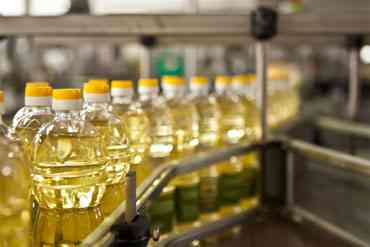 Edible Oil Industry
Edible Oil Industry 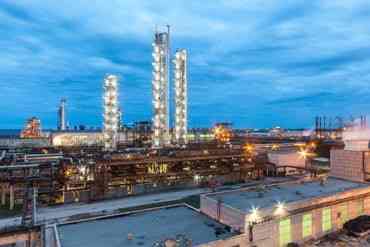 Fertilizer Industry
Fertilizer Industry  Hotel Industry
Hotel Industry 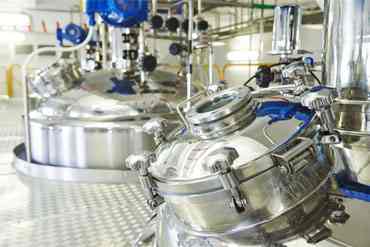 Pharma Industry
Pharma Industry 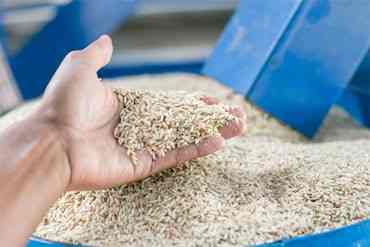 Rice Industry
Rice Industry 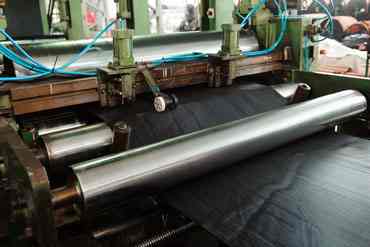 Rubber Industry
Rubber Industry  Soap Industry
Soap Industry 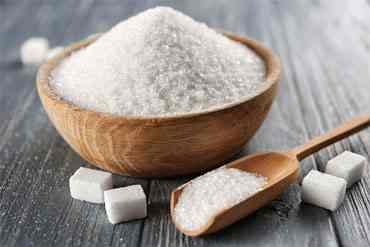 Sugar Industry
Sugar Industry  Textile Industry
Textile Industry 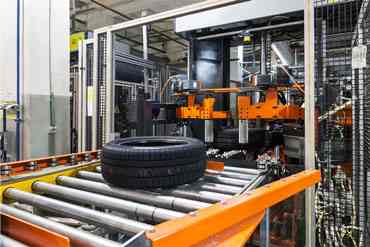 Tyre Industry
Tyre Industry